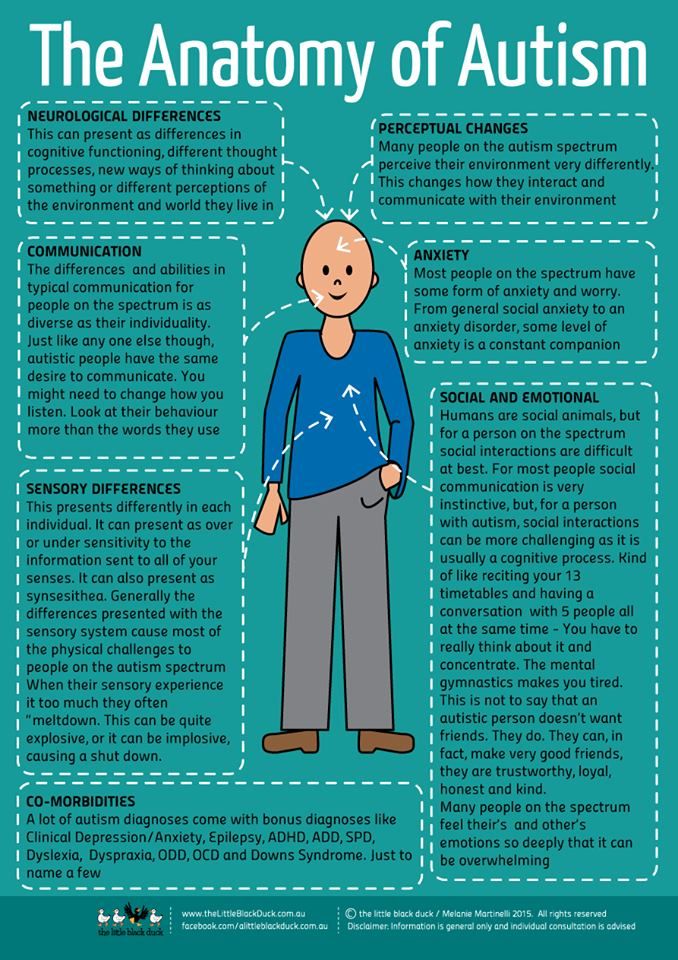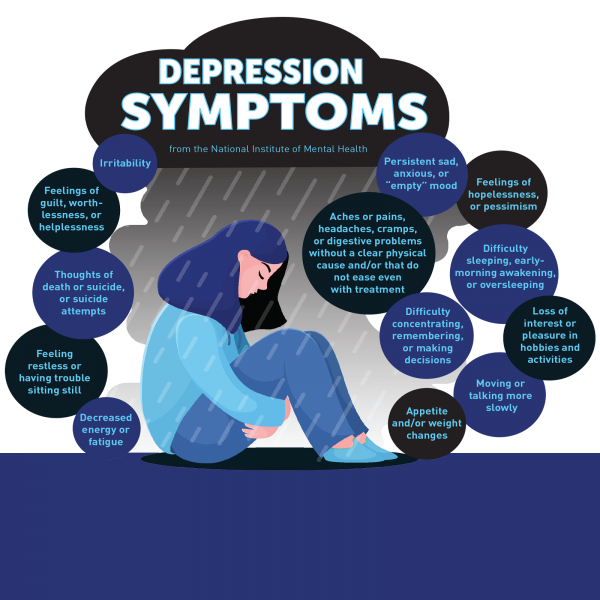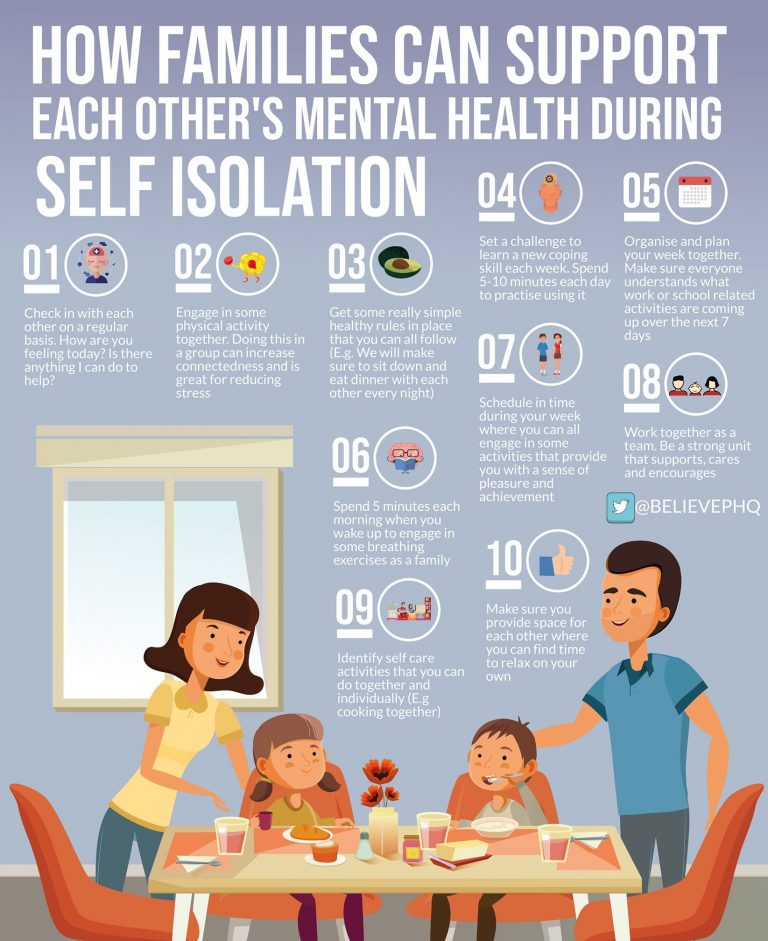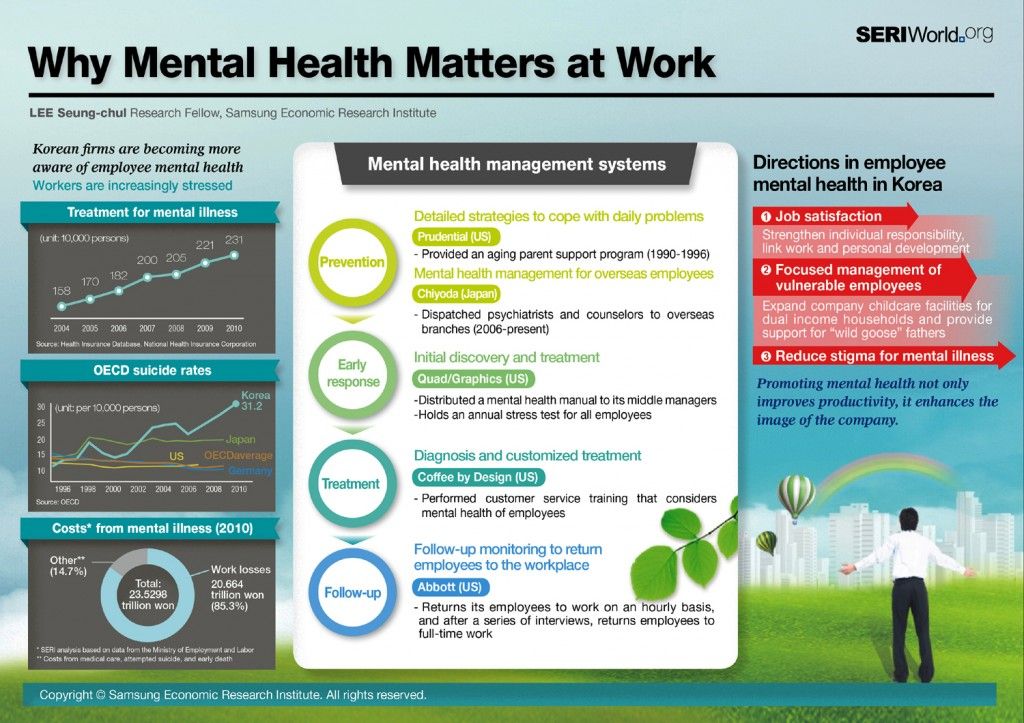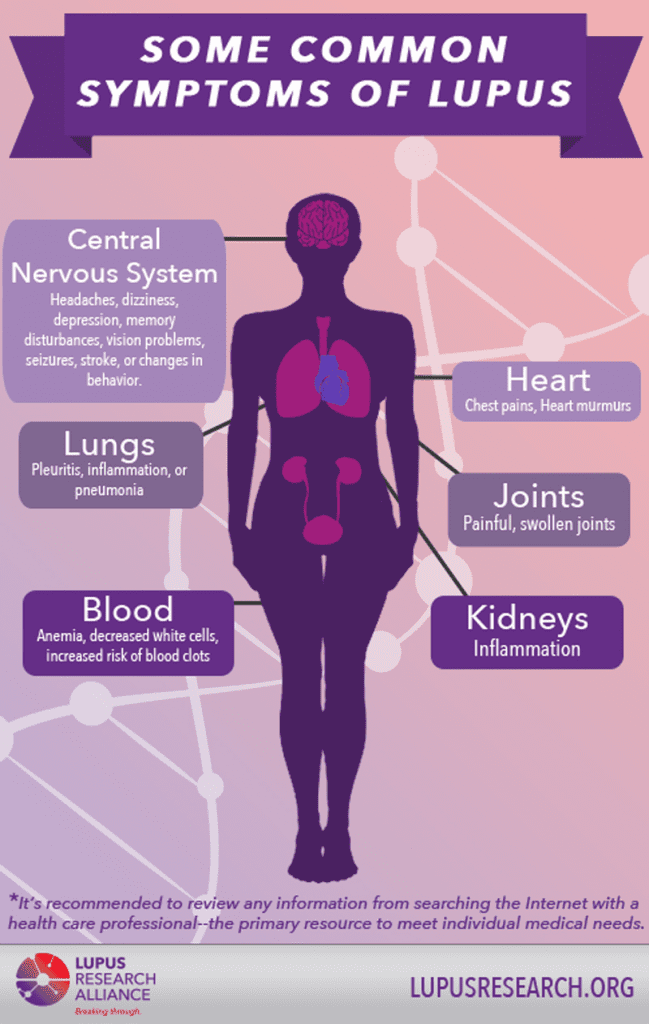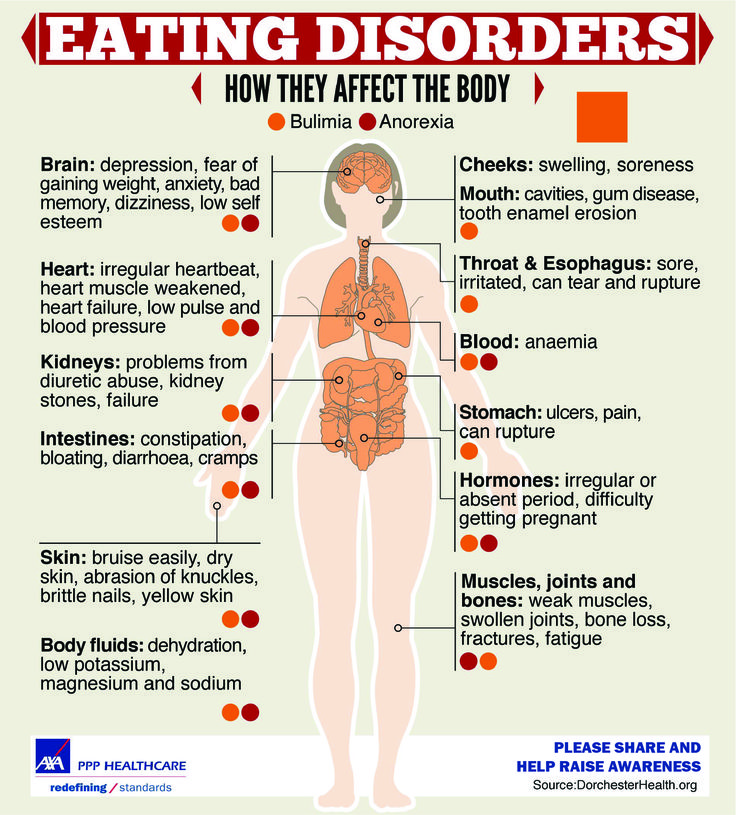Being gender fluid
Gender fluidity: What it means and why support matters
Take a moment — yes, right now — to consider your gender. Do you identify as a woman, man, or another gender: essentially, how would you describe your gender identity? How do you show your gender to other people through how you look or act — in other words, your gender expression? And has your gender identity or gender expression changed or stayed the same over time?
Questions like these can be especially valuable if you’re wondering about how gender identity and expression may shift as children grow up. And, of course, these questions may also resonate with many adults.
At times in my life, I’ve had shorter hair and a fondness for men’s dress pants and dress shoes. I’ve also enjoyed occasionally playing male roles in theater productions and dressing in costume as a man on Halloween. At other times in my life, I’ve had longer hair and frequently worn dresses and dangly earrings — and more feminine Halloween costumes.
Although my gender expression has shifted over time between less feminine and more feminine, I have always identified as a girl or woman.
What is gender fluidity?
Let’s define a few terms. Cisgender means a person’s gender identity matches the sex — female or male — designated on their original birth certificate. Gender fluidity refers to change over time in a person’s gender expression or gender identity, or both. That change might be in expression, but not identity, or in identity, but not expression. Or both expression and identity might change together.
For some youth, gender fluidity may be a way to explore gender before landing on a more stable gender expression or identity. For others, gender fluidity may continue indefinitely as part of their life experience with gender.
Some people describe themselves as “gender-fluid.” As an identity, it typically fits under the transgender and nonbinary umbrella, which applies to people whose gender identity doesn’t match the sex assigned to them on their original birth certificate.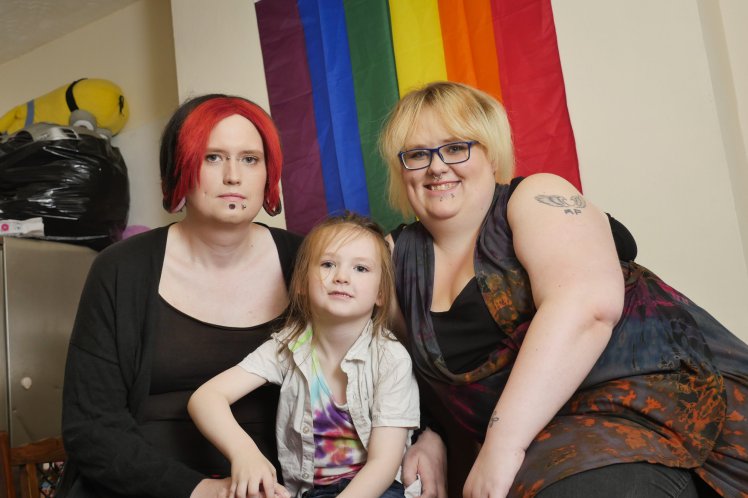 (Nonbinary means a person’s gender identity doesn’t fit into strict cultural categories of female or male.)
(Nonbinary means a person’s gender identity doesn’t fit into strict cultural categories of female or male.)
Not everyone who experiences changes in their gender expression or identity identifies as gender-fluid. Nor does everyone desire gender-affirming medical treatment to change their body to better align with their gender identity.
How does gender develop and change?
People typically begin developing a gender identity in early childhood, around the age of 2 or 3. Gender identity develops within multiple social contexts: a person’s family, their larger community, and the society and historical time in which they live. Each of these may have very different norms and expectations about gender expression and gender identity.
For example, a child might live in a family that believes that gender is more complex than boy or girl, and encourages a diversity of gender expressions. That same child may live in a town where most people believe that boys should “look like boys” and girls should “look like girls.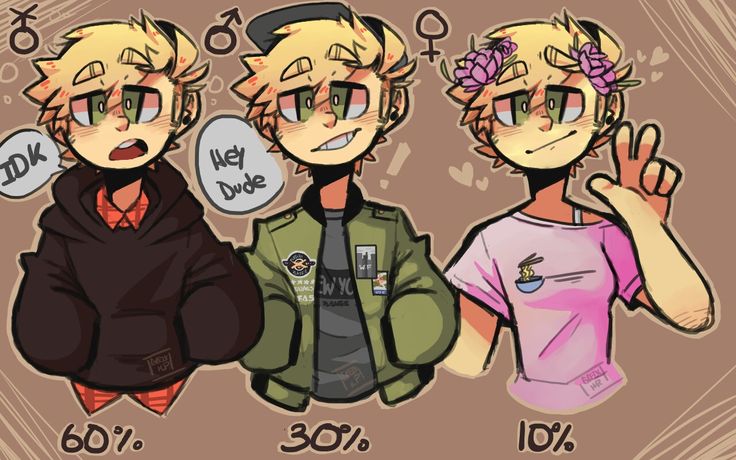 ” And this child might live in a society and at a historical time with similar gender norms as their community. Thus, this child may feel freer to have a different gender expression or identity at home than out in public.
” And this child might live in a society and at a historical time with similar gender norms as their community. Thus, this child may feel freer to have a different gender expression or identity at home than out in public.
For many people, gender identity and expression develop early and stay the same over time. For others, either one may change. While such changes can happen at any time during a person’s life, they’re more common during childhood and adolescence than later in adulthood.
What’s the difference between gender-fluid and transgender?
While some people develop a gender identity early in childhood, others may identify with one gender at one time and then another gender later on. For example, a person who was designated female on their original birth certificate may identify as a girl until adolescence, then identify as a boy for the rest of their life. This person would be considered transgender, but not necessarily gender-fluid.
Another person who follows this developmental arc may only identify as a boy until they are in their 20s, and then identify as nonbinary, and then identify as a boy again later in adulthood.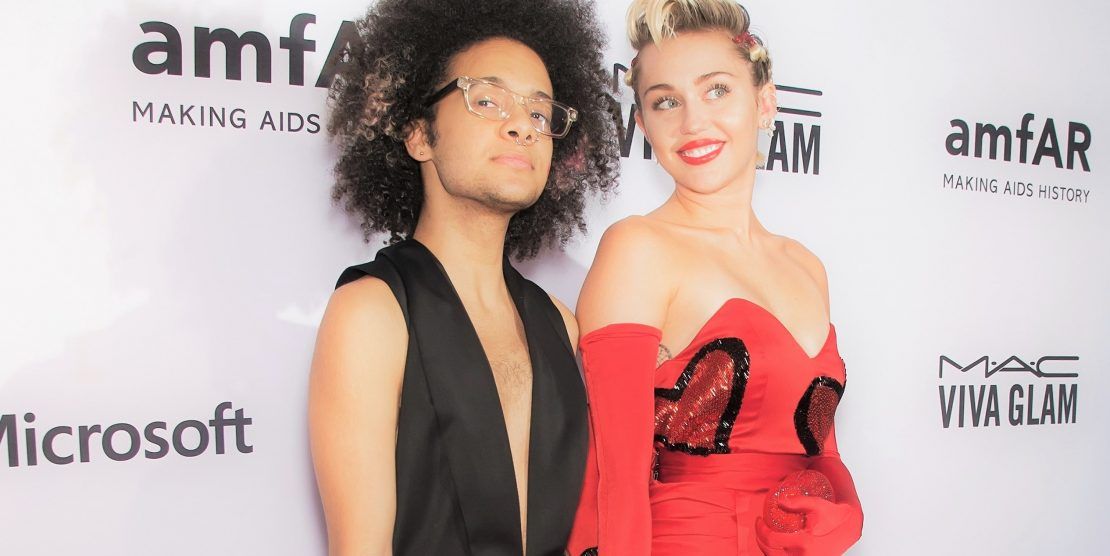 This person could be considered gender-fluid, because they experienced one or more changes in their gender identity or gender expression. It’s wise to note, though, that they may never use the term gender-fluid as an identity label for themself.
This person could be considered gender-fluid, because they experienced one or more changes in their gender identity or gender expression. It’s wise to note, though, that they may never use the term gender-fluid as an identity label for themself.
Ultimately, anyone who identifies as gender-fluid is a gender-fluid person. Often, the term is used to mean that a person’s gender expression or gender identity — essentially, their internal sense of self — changes frequently. But gender fluidity can look different for different people.
How is gender fluidity related to health in children and teens?
Just like adults, children and teens who express or identify their gender differently from their sex designated at birth are more likely to experience prejudice and discrimination. These experiences may create minority stress that is harmful for their mental and physical health. Compared to cisgender youth, transgender youth are two to three times more likely to have depression, anxiety, self-harming behavior, and suicidal thoughts and behavior.
All communities have expectations around what’s “normal.” A youth who is gender-fluid may be at greater risk for prejudice and discrimination, because their shifting gender identity or expression goes against an expectation that each of these aspects of personhood develops early and stays the same over time. And the harmful interactions may not occur only with people who are cisgender. A youth who is gender-fluid may also face discrimination from some people in the transgender community who view them as “not really transgender.” Seeing a youth who dresses more femininely on one day and more masculinely on another day may feel confusing or even threatening to anyone with strict ideas about gender.
How can you support gender-fluid youth in your life?
I encourage you to think about gender fluidity as part of the diversity of human experience related to gender identity and expression. While acceptance is important in how we treat anyone, it’s especially important for children and teens.
- Listen to youth and validate their experience of their gender. Everyone is the expert of their own gender.
- Be patient, as a youth’s gender fluidity may be part of their gender identity development.
- Support gender-fluid youth in making informed decisions about gender-affirming care, such as hormone therapy and gender-affirming surgeries.
- Connect them to support and resources so they can talk to others with similar experiences. Gender Spectrum is a great resource for both gender-fluid youth and the adults in their lives.
Other Terms, Pronouns, and More
Being gender-fluid means that the gender a person identifies as changes over time.
Some people identify as one gender their whole life. For others, it’s a lot more dynamic, and their gender identity shifts over time.
These people might refer to themselves as “gender-fluid,” which means their gender can change.
Some, but not all, gender-fluid people are transgender.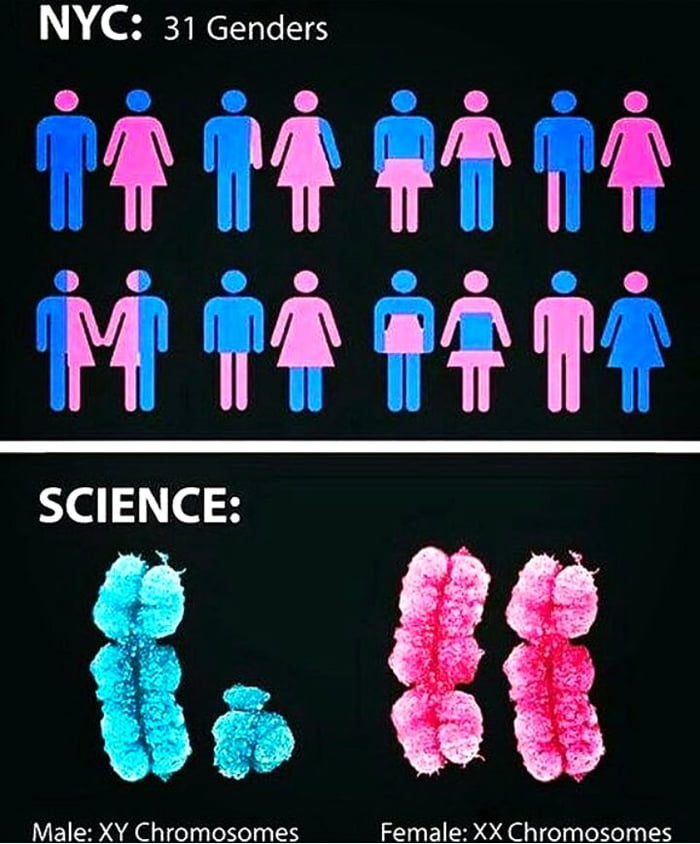
Gender-fluid people are people whose gender changes over time. A gender-fluid person might identify as a woman one day and a man the next.
They might also identify as agender, bigender, or another nonbinary identity.
Some gender-fluid people feel that the changes in their identity are extreme, while others might feel that they’re arbitrary.
Their gender might change quickly — in a matter of hours — or slowly, over months or even years.
When they realize their gender identity has changed, they might or might not change their gender expression — how they dress and present themselves, for example — and their pronouns.
For many gender-fluid people, it’s an internal shift they might not want to express outwardly.
Not exactly.
While a gender-fluid person’s gender changes over time, a genderqueer person’s gender might not.
There’s a little controversy when it comes to the definition of genderqueer. Generally, genderqueer people don’t identify exclusively as male or female, or their experiences of gender are “queer” — that is, not conforming to the mainstream.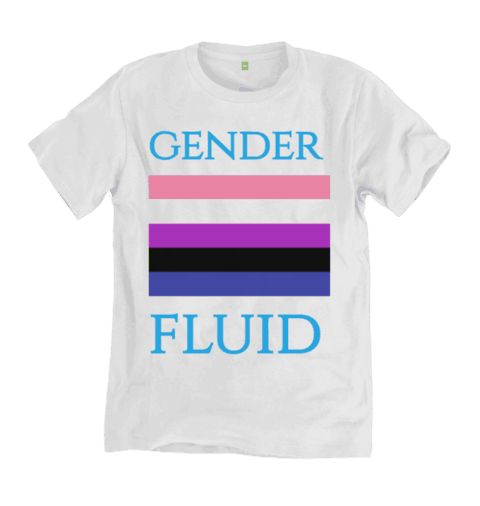
That said, you can be both genderqueer and gender-fluid.
No. Most people do classify gender-fluid people as being nonbinary, and many gender-fluid people feel that they fall under the banner of “nonbinary.”
However, many nonbinary people don’t feel like their gender changes over time, and thus, those people aren’t gender-fluid.
Along with gender-fluid, nonbinary people might be one or more of the following:
- agender
- bigender
- pangender
- androgynous
- neutrois
- demigender
Bear in mind that this isn’t a complete list. There are hundreds of words out there that people can use to describe their gender. Those are just some of the most commonly used terms.
If you want something more comprehensive, take a look at our list of 64 terms that describe gender expression and identity.
The sex assigned at birth may not be a choice — but the labels you choose to describe yourself are totally up to you.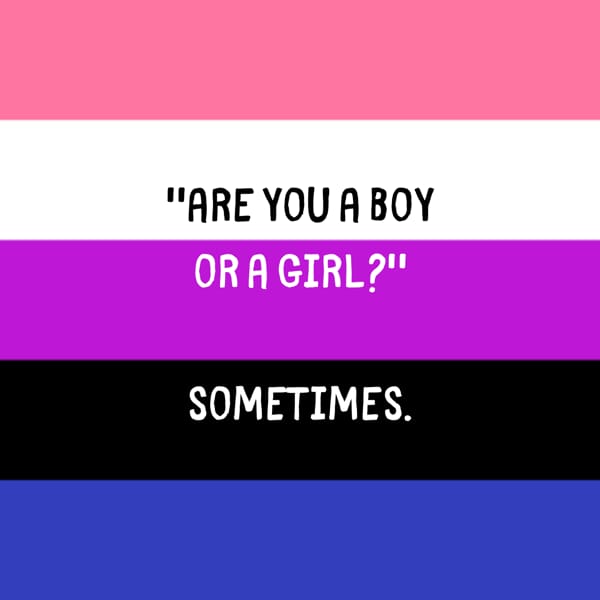
You get to decide which terms describe you the best. And, if you’d like, you don’t have to put a label on it at all!
One hard thing about figuring out your gender is that gender means different things to different people.
On the one hand, this is great: It means you get to define how you express your gender. On the other hand, it’s hard to know exactly whether one term will suit you.
Every gender-fluid person is different, and every gender-fluid person’s experience of gender is different.
If you’re interested in figuring out whether you’re gender-fluid, you can explore it in a few different ways. Here are some ideas:
- Think deeply about your gender. Ideally, how would you identify if you were free of social pressure? If you could choose any gender and gender presentation, which would it be? Do your feelings change? Journaling about this might help.
- Dig into the available resources. Read articles and books about gender identity, watch relevant YouTube videos, and follow accounts of people and organizations that discuss gender identity.
 Learning about other people’s experiences can help you articulate your own.
Learning about other people’s experiences can help you articulate your own. - Connect with other nonbinary, gender-fluid, genderqueer, or gender-questioning people. There are many online forums for this purpose. Talking about your identity, and listening to others’ experiences, may help you figure it out for yourself.
Remember, you can always change your mind about the label you use. If you use “gender-fluid” to start and later feel that “nonbinary” or “genderqueer” feels better for you, that’s totally OK!
Yes! If you feel that more than one term explains your gender, you’re welcome to use as many as you want.
Definitely. This is the exact sentiment that’s captured by the term “gender-fluid” — that gender identity can change over time. The terms you use to describe your gender can also change over time.
That’s OK, too!
You don’t have to choose a description if you don’t want to. Ideally, you shouldn’t feel pressured to identify as anything unless you want to.
However, it can be helpful to find a description that suits you. It can help you feel less alone and more validated. It could also help you find a community and express your gender to others.
If you’d like to find a descriptor, read up online. There are many different terms for gender out there. One or more of these might fit you.
Gender-fluid people can use whatever pronouns they’d like. Some gender-fluid people use they, them, and their pronouns.
Others might use she/her/hers, he/him/his, or neopronouns, like xe/xem/xyr.
Some gender-fluid people’s pronouns change along with their gender. On one day, they might prefer they, them, and their, and on another day, they might use she, her, and hers.
If you want to learn more about being gender-fluid or nonbinary, there are many places where you can find more resources:
- Nonbinary Wiki is a wiki-type site that includes a lot of information relating to gender identities.
- Neutrois is a great resource for people who think they may be neutrois (also referred to as agender or genderless).

- Genderqueer.me has a thorough list of resources for trans and nonbinary people, as well as people who are genderqueer, gender-fluid, or questioning their gender.
- Take a look at Book Riot’s list of books about gender identity, which includes both fiction and nonfiction books.
- If you’d like to learn more about gender, view our list of 64 different terms to describe gender identity and expression.
Sian Ferguson is a freelance health and cannabis writer based in Cape Town, South Africa. She’s passionate about empowering readers to take care of their mental and physical health through science-based, empathetically delivered information.
how people live who have not decided on their gender , because he prefers both at once: today one, tomorrow another, and so on, even to infinity. For example, this feature is distinguished by the young heroine of the recent publication of Today. "Lenta.ru" got acquainted with the history and, not without difficulty, made its way to the essence of sexual variability.
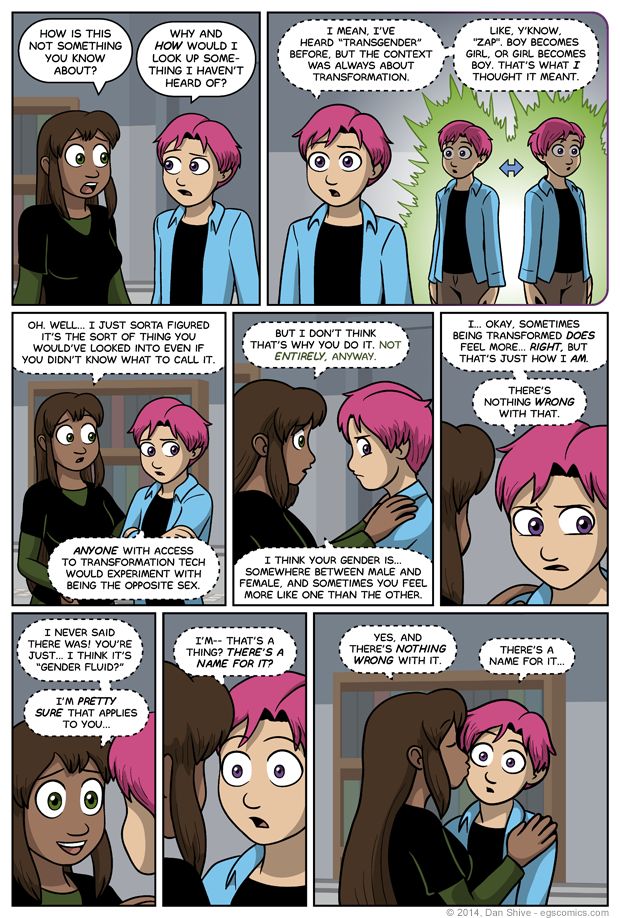 nine0003
nine0003 Girl, are you a boy?
Abby Scott from Pennsylvania is now eight years old. She was born a girl, but after two years she felt like a boy. Nevertheless, Scott did not want to finally join the stronger sex, completely confusing others: now the child has two names, and about 30 percent of the time he is Abby, and the remaining 70 percent is Adam.
Abby-Adam is a local football star. Her older friend Ricky Suman, who appreciated the girl's natural talent, took her to the team. nine0003
Gender fluid literally translates as "sex variability". The term refers to a gender identity that varies from time to time. People who adhere to this self-definition may consider themselves both male and female, or without gender. The gender identity of such people may vary depending on external conditions and circumstances.
Judging by the ratio of 70/30, Abby-Adam likes being a boy much more. The child insisted on a boyish hairstyle, and in football and wrestling classes he asks to be called Adam. nine0003
nine0003
Abby-Adam's family lives in the small town of Monaca, with a population of just seven thousand people. Of course, all the townspeople quickly learned about the strange child.
The child's mother, Sarah Markusik, feared the disapproval of others, but her fears were unfounded. The school supported the family. There is no bullying from other children. Many are simply afraid of the “girl-boy” or believe that she is some kind of future celebrity, and just in case they do not spoil the relationship.
Video: Friday Night Tykes: Steel Country on the Esquire Network
“It was all new to me. I have never heard the term gender fluid. But she can be whoever she wants, and this will not change her in my eyes, much less affect the ability of this girl to play football, ”says a friend of Abby-Adam. In principle, everyone in the school shares this point of view. Moreover, the girl can stand up for herself both on the football field and in life.
Parenting expert Dr.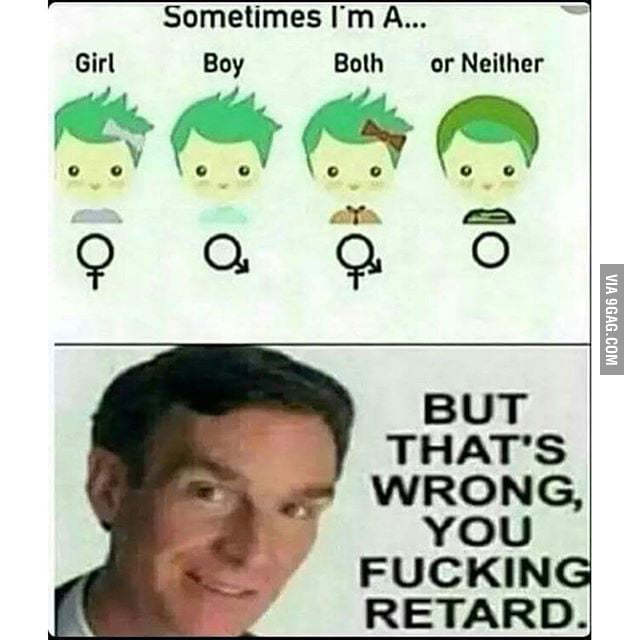 Deborah Gilboa explains that children begin sexual self-determination between the ages of two and five, so Abby-Adam's case is within the normal range. nine0003
Deborah Gilboa explains that children begin sexual self-determination between the ages of two and five, so Abby-Adam's case is within the normal range. nine0003
Short skirt
A similar story was told to the British newspaper Daily Mail by 12-year-old Annie, whose sexual self-awareness can change several times a day. The girl believes that it is pointless to drive her into the framework of one sex - this makes her truly unhappy.
At the moment, the teenager cannot say with certainty his true gender. Annie's mother buys her clothes based on her current mood. Annie might go to the men's section today and the women's section tomorrow. nine0003
Frame: video nEwS / YouTube
“Sometimes Annie is a lady, sometimes a boy, and sometimes both,” says her mother, Marita. For graduation, Annie bought both a dress and a suit, because no one knows in advance what she would like to appear at such an important event.
Annie believes that gender is more of a mental issue than a physical one.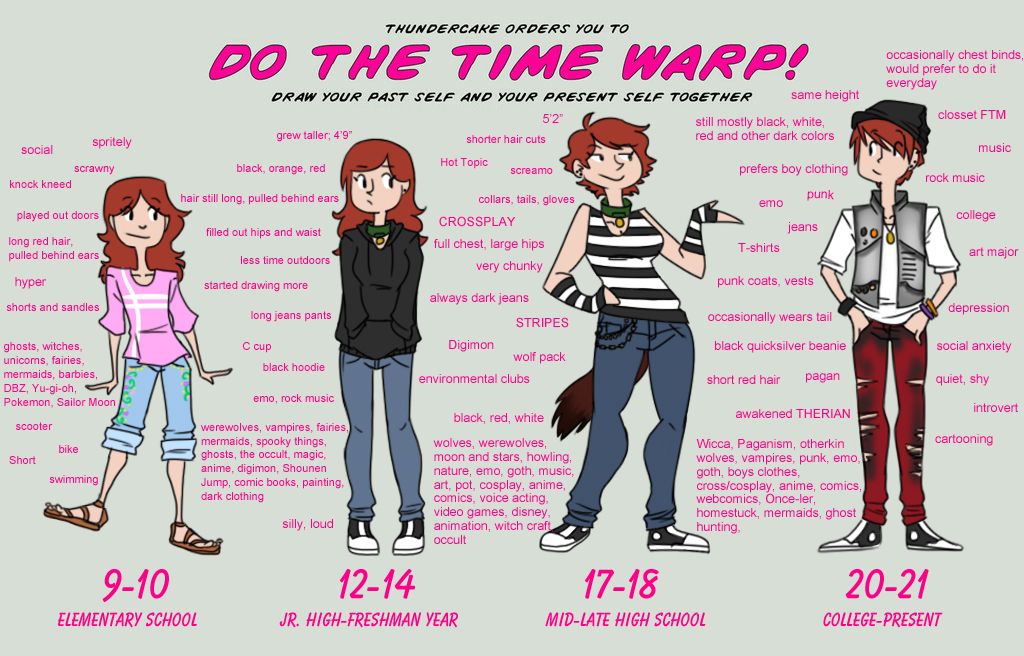
According to the publication, about a third of children who do not consider themselves to be of a certain gender feel uncomfortable because of the need to wear a school uniform or use the bathroom intended for them from birth. nine0038
Between "M" and "F"
Perhaps that is why the management of the Santee Education Complex in Los Angeles, California, equipped a common toilet for boys and girls. The innovation was reported on April 14 by the Los Angeles Times. It's called an all-gender restroom. Its doors are open to all 1.7 thousand students without exception.
For students like Alonzo Hernandez, who changed his gender a year ago, this was a lifesaver. The 16-year-old transgender admitted that he could spend half a day in class and not go to the toilet, because he felt out of place because of the need to choose and fear of embarrassing classmates. According to him, despite the change of sex, the young man could not enter the men's restroom without hesitation.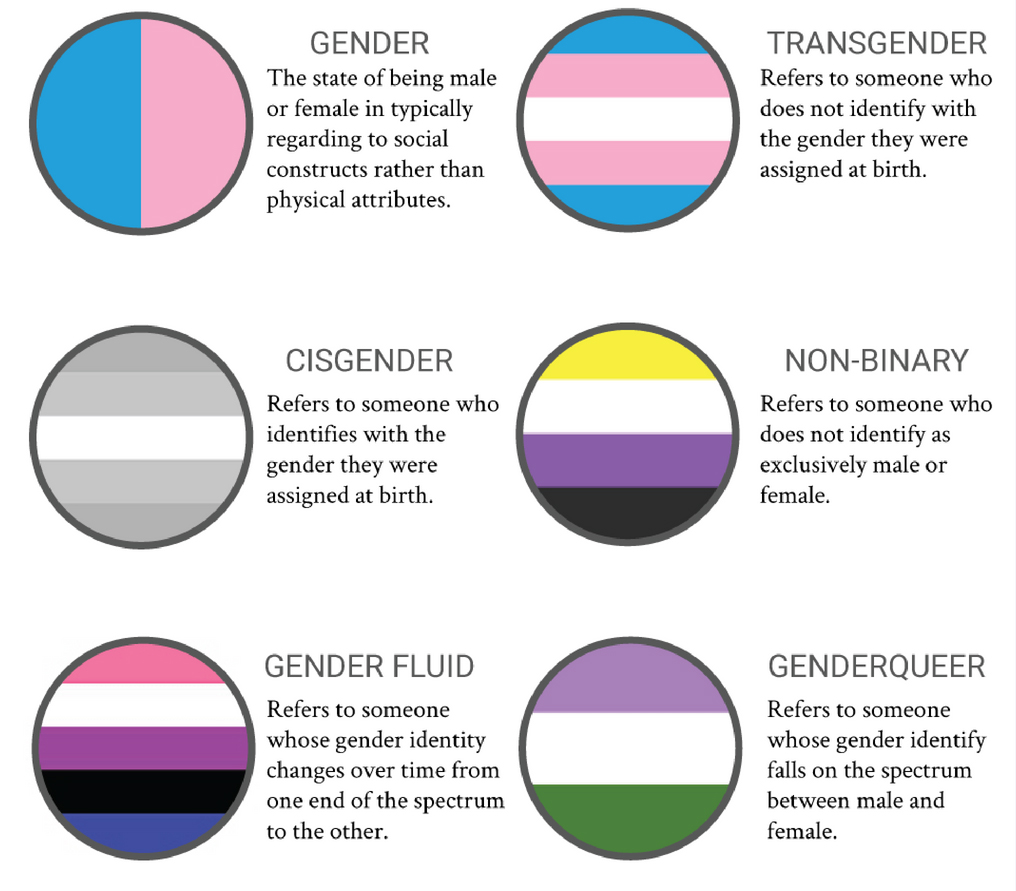 nine0003
nine0003
Gender is your choice
Trends in gender ambiguity are being picked up by cultural figures and fashion designers. For example, in South Korea, a six-member dance group, the Pinky Cheeks, is gaining popularity. Young people are not constrained by the bonds of belonging to a certain half of humanity. Guys cope with complex steps in heels, and girls perfectly play the role of the stronger sex.
So does the Australian singer and actress Ruby Rose, an open lesbian who has never been embarrassed about her belonging to the gender fluid. On the last.fm portal, the number of listens to her songs is approaching 17 million. And the Break Free video, dedicated to freedom from gender stereotypes, has gained more than 18 million views on YouTube. nine0003
“Only a person himself can know who he was born into. And he should have complete freedom to be whoever he wants, ”Rose said in an interview with Elle magazine.
Video: Ruby Rose / YouTube
The Spanish brand Zara has launched a clothing line specifically for those who do not identify themselves as either female or male.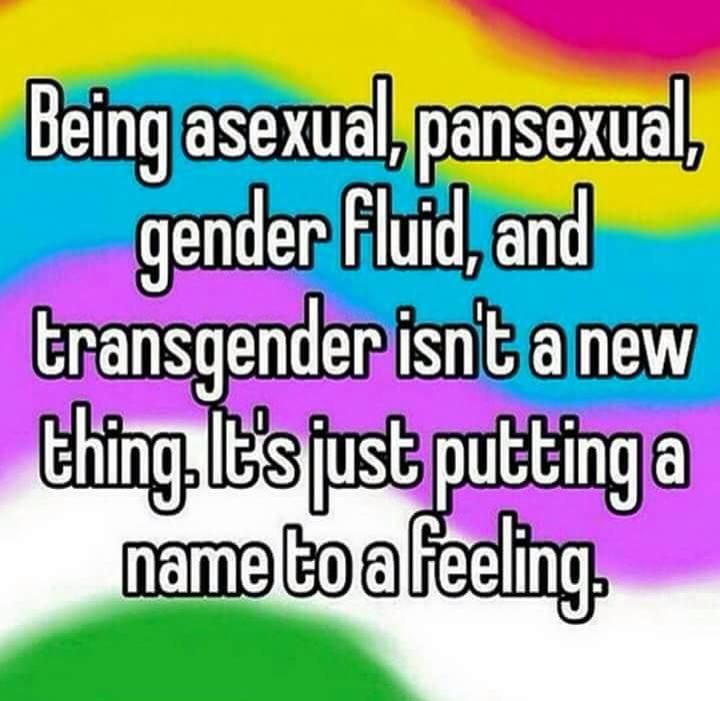 Or, on the contrary, it refers to two at once. On March 10, The Local announced a line of jeans, tops and tank tops that will suit both men and women. The colors are not the most catchy - white, gray and dark blue, which social media users and fans of the brand have already noted, not without regret. The Local called the collection the first step towards gender-neutral clothing. nine0003
Or, on the contrary, it refers to two at once. On March 10, The Local announced a line of jeans, tops and tank tops that will suit both men and women. The colors are not the most catchy - white, gray and dark blue, which social media users and fans of the brand have already noted, not without regret. The Local called the collection the first step towards gender-neutral clothing. nine0003
What does it mean to be gender fluid? - Drink-Drink
admin
Contents
- How is gender fluid defined?
- Is it the same as being genderqueer?
- How about being non-binary - is that the same as being gender-fluid?
- How do you know which term best describes your experience?
- Can more than one term be used?
- Can the descriptors you use change over time? nine0068
- What if none of these descriptors seem right?
- What does this mean for the pronouns you use?
- Where can I find out more?
Being gender fluid means that the gender a person identifies with changes over time.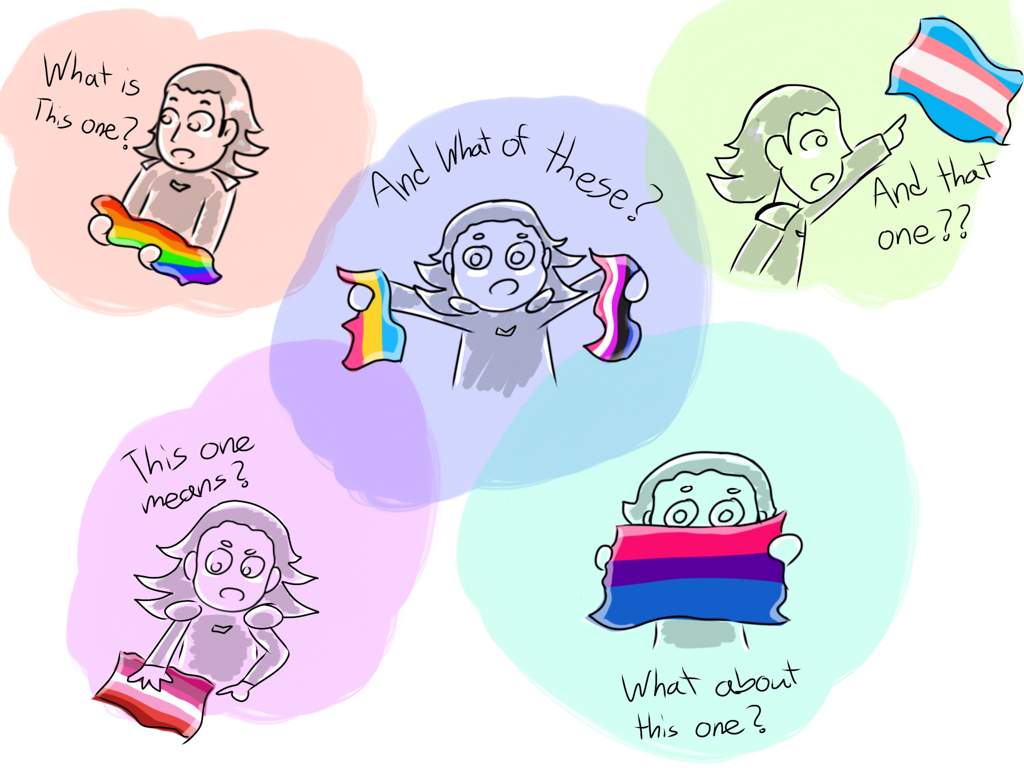
Some people identify as one gender all their lives. For others, it is much more dynamic and their gender identity changes over time.
These people may call themselves "gender-fluid", which means that their gender can change. nine0003
Some, but not all, people with gender variability are transgender.
How is gender fluid defined?
Gender changeable people are people whose gender changes over time. A gender-changing person may identify himself today as a woman, and tomorrow as a man.
They may also identify as agender, bigender, or other non-binary identity.
Some gender-fluid people consider changes in their identity extreme, while others may consider them arbitrary. nine0003
Their sex can change quickly - in a matter of hours - or slowly, over months or even years.
When they become aware that their gender identity has changed, they may or may not change their gender expression—for example, how they dress and present themselves—and their pronouns.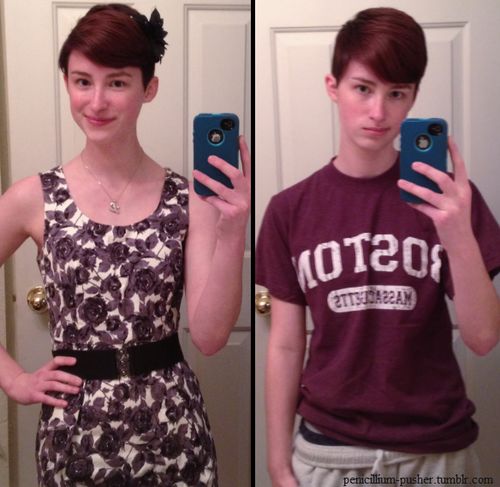
For many gender-fluid people, this is an internal shift that they may not want to express outwardly.
Is it the same as being genderqueer?
Not really. nine0003
While the gender of a gender fluid person changes over time, the gender of a gender queer person may not change.
When it comes to the definition of genderqueer, there is little disagreement. As a rule, genderqueer people do not identify exclusively as male or female, or their gender experience is "weird", that is, not in line with the mainstream.
However, you can be genderqueer and gender fluid.
How about being non-binary - is that the same as being gender-fluid? nine0005
No. Most people classify gender fluid people as non-binary, and many gender fluid people believe that they fall under the banner of "non-binary."
However, many non-binary people do not feel that their gender changes over time, and therefore these people are not gender fluid.
In addition to being gender fluid, non-binary people can be one or more of the following:
- Agender
- bigender
- pangender
- hermaphroditic
- neutroid
- semi-gender
Please note that this is not a complete list.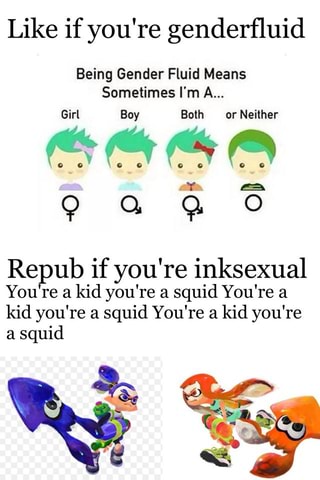 There are hundreds of words that people can use to describe their gender. These are just some of the most commonly used terms.
There are hundreds of words that people can use to describe their gender. These are just some of the most commonly used terms.
If you want something more complete, take a look at our list of 64 terms that describe gender expression and identity.
How do you know which term best describes your experience? nine0005
The sex assigned at birth may not be a choice, but the labels you choose to describe yourself are entirely up to you.
You decide which terms best describe you. And, if you like, you don't need to stick a label at all!
One difficulty in determining one's gender is that gender means different things to different people.
On the one hand, this is great: it means that you can determine how you express your gender. On the other hand, it's hard to know exactly if one term is right for you. nine0003
Each gender-fluid person is different, and each gender-fluid person has a different gender experience.
If you're interested in finding out if you're gender fluid, there are a number of ways you can explore this. Here are some ideas:
Here are some ideas:
- Think deeply about your field. Ideally, how would you identify yourself if you were free from social pressure? If you could choose any gender and gender presentation, what would it be? Are your feelings changing? A journal about this might help. nine0068
- Explore available resources. Read articles and books about gender identity, watch relevant YouTube videos, and follow the accounts of people and organizations that discuss gender identity. Learning from other people's experiences can help you formulate your own.
- Connect with other non-binary, gender fluid, gender queer, or gender questioning people. There are many Internet forums for this. Talking about your personality and listening to the experiences of others can help you figure it out for yourself. nine0068
Remember that you can always change your mind about the label you are using. If you use "gender-fluid" to begin with, and later feel that "non-binary" or "gender" suits you better, that's perfectly fine!
Can more than one term be used?
Yes! If you think your gender is explained by more than one term, you can use as many terms as you like.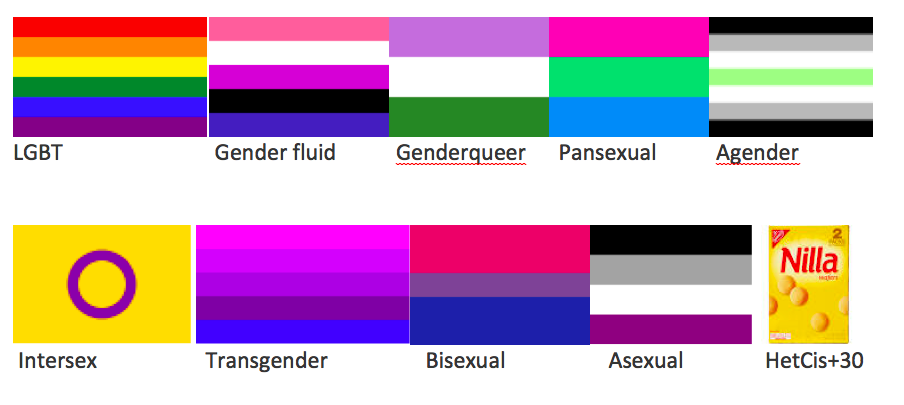
Can the descriptors you use change over time? nine0005
Definitely. This is exactly the feeling that is expressed by the term "gender fluidity" - gender identity can change over time. The terms you use to describe your gender may also change over time.
What if none of these descriptors seem right?
Also OK!
You don't have to choose a description if you don't want to. Ideally, you shouldn't feel compelled to identify with anyone if you don't want to. nine0003
However, it may be helpful to find a description that suits you. This can help you feel less alone and more accepted. It can also help you find a community and express your gender to others.
If you want to find the descriptor, look it up on the Internet. There are many different terms for gender. One or more of these may suit you.
What does this mean for the pronouns you use?
Gender fluid people can use any pronoun they want. Some gender-fluid people use they, them, and their pronouns.
